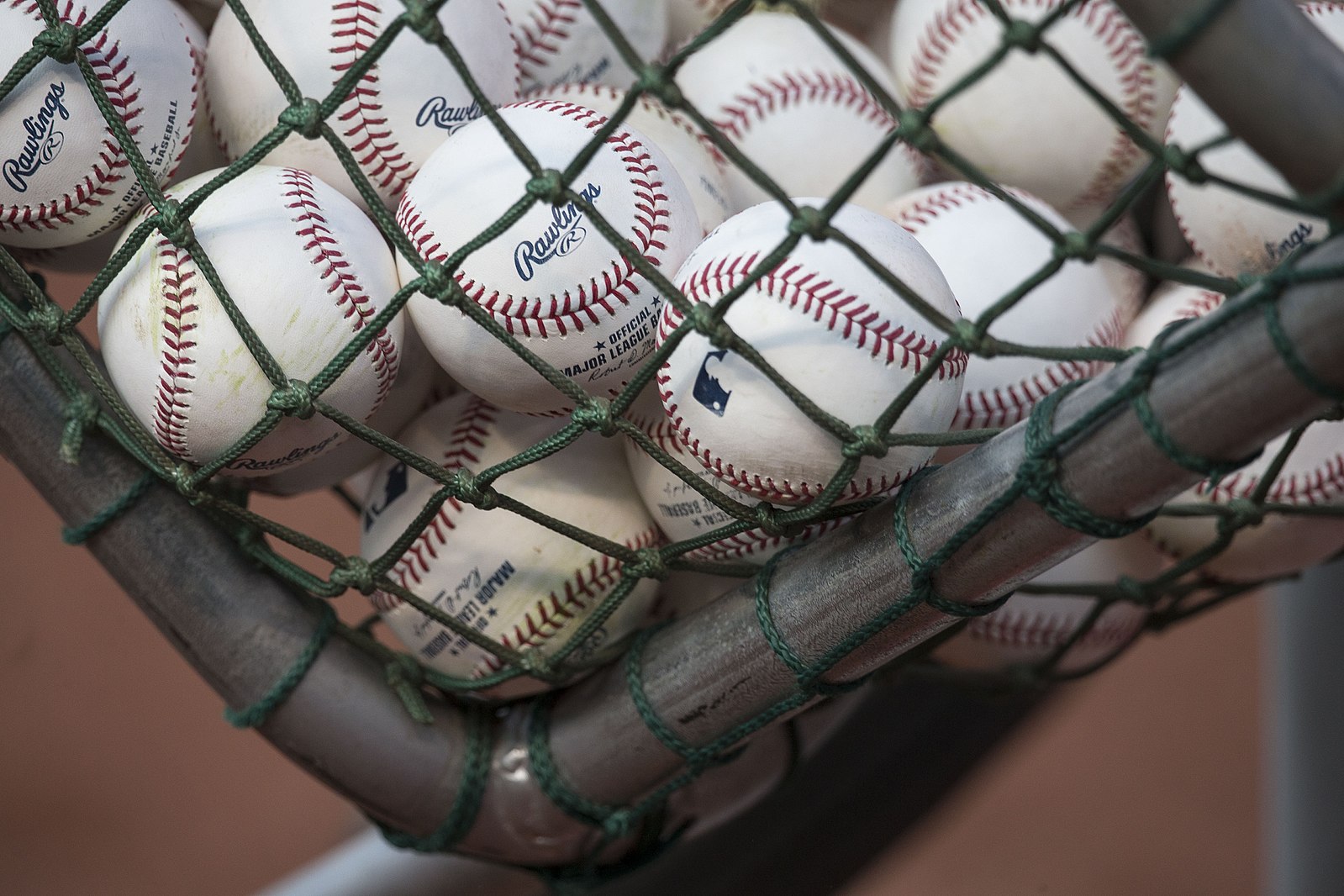With pitchers and catchers in the midst of ramping up their spring training activities, talk around the 2023 season has begun to ramp up. And while predictions around who will have breakout years, or which club could win it all will continue to dominate headlines, another storyline is worth monitoring as opening day draws nearer.
This year will mark the first season in which Major League Baseball will put their modernized rules in place. Changes to defensive alignments, base size, and pitching routines are just some of the major changes the sport could see in the coming years.
While the minor leagues continue to tinker with the automated strike zone, lovingly referred to as “robo umps”, here are the 3 major changes will take place across MLB this season:
1. Pitch timer
In an effort to increase the pace of games, there’ll be a 30-second timer between batters and then a shorter time limit between pitches. Pitchers will be required to “begin their motion” 15 seconds after receiving the ball with the bases empty or 20 seconds after receiving the ball with runners on base. Should they fail to comply, they’ll be charged with an automatic ball.
Pitchers will also be limited to two pick off attempts per plate appearance with a runner on first. Should the pitcher disengage from the mound, the clock will reset.
Batters aren’t immune from the new rules either. This year, batters must be in the batter’s box and “alert to the pitcher” by the 8-second mark on the clock, otherwise they’ll be charged with an automatic strike.
2. Banning the Shift
Pull hitters rejoice! MLB’s competition committee is cracking down on “the shift” whereby teams previously overloaded one side of the field in an effort to produce outs. The defensive team must now have a minimum of four players on the infield, with at least two infielders on either side of second base. The restrictions are designed to increase batting averages on balls in play, and allow infielders to better “showcase their athleticism” according to the league.
3. Bigger bases
Bases have been expanded from 15 inches in length to 18 inches. Home Plate remains unchanged for the upcoming season as it would ultimately affect the strike zone. MLB executives believe that the bigger bases will increase safety and prevent injuries to runners. The extra surface area should give fielders and runners more room to make plays without colliding.
On top of that, the slightly decreased distance between bases could theoretically also help runners on stolen-base attempts and bang-bang plays. Stolen bases regularly totalled over 3,000 per year in the 90’s however since the turn of the millennium have only eclipsed that total 3 times.
While the new rules will be implemented for the start of spring training, the upcoming World Baseball Classic in March will continue to play by the 2022 version of the rule book.
Photo: Keith Allison. This file is licensed under the Creative Commons Attribution-Share Alike 2.0 Generic license.


 :
: